Advertisement
Model identifies target OS at which economic benefits of treatment outpace placebo
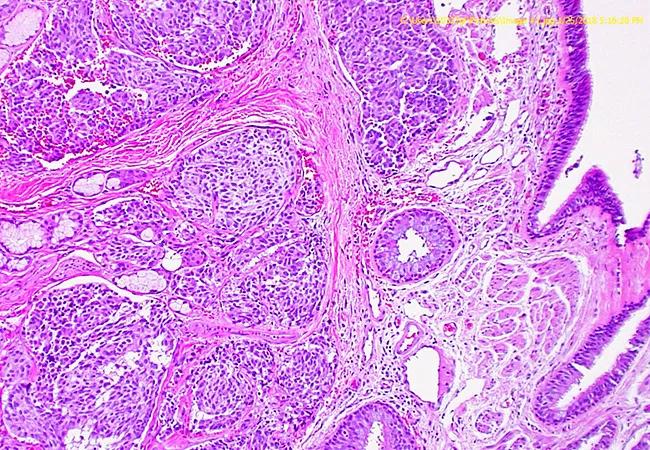
Preliminary results from the phase 3 ADAURA trial indicate that the third-generation tyrosine kinase inhibitor (TKI) osimertinib is superior to placebo in adjuvant treatment of epidermal growth factor receptor (EGFR)-mutated non-small cell lung cancer (NSCLC). But the cost of the drug is high — approximately $17,000 per month — making it nearly twice as expensive as first- and second-generation TKIs.
Advertisement
Cleveland Clinic is a non-profit academic medical center. Advertising on our site helps support our mission. We do not endorse non-Cleveland Clinic products or services. Policy
If an overall survival (OS) benefit of 25% to 30% over placebo can be achieved, however, the drug could be cost-effective, according to new research by Cleveland Clinic investigators. The findings, presented at the American Society of Clinical Oncology 2021 Annual Meeting, are from a modeling study that used interim data from the ADAURA trial.
“Our model was based on treatment with osimertinib for three years, which was the regimen used in ADAURA,” says Nathan Pennell, MD, PhD, Director of the Lung Cancer Medical Oncology Program at Cleveland Clinic. “It was gratifying to find that with a realistic improvement in survival, the drug may be cost-effective for the benefit of potentially curing more patients.”
Osimertinib is already approved by the FDA for adjuvant treatment after resection in patients with NSCLC that has EGFR exon 19 deletions or exon 21 L858R mutations, as detected by an FDA-approved test. Given the drug’s cost, however, early clinical implementation of it has been the subject of debate.
In ADAURA, patients with stage IB to IIIA resected EGFR-mutated NSCLC were treated with 80 mg of osimertinib drug once daily or placebo for three years. At 24 months, 98% of patients in the active arm were alive with no central nervous system disease, versus 85% in the placebo arm (P < 0.0010). The OS data, however, are still immature: 29 patients died (nine who received osimertinib and 20 who received placebo).
Advertisement
For the Cleveland Clinic study, led by hematology/oncology fellow Christopher Lemmon, the authors constructed a Markov model using post-resection health state transitions with digitized disease-free survival (DFS) data from the ADAURA trial. They compared quality-adjusted life years (QALYs) for use of three years of adjuvant osimertinib versus placebo in the trial population over a 10-year time horizon.
All patients entering the progressive disease (PD) state were assigned to retreatment with osimertinib. Cost and utility values were derived from Medicare reimbursement data and the literature. A cost-effectiveness threshold of three times the gross domestic product per capita was used. The authors used deterministic sensitivity analyses to assess the impact of a range of OS benefits because the impact of osimertinib on OS has not yet been reported.
“We performed very sophisticated mechanical modeling with all of the available data from the two-year interim analysis of ADAURA and took into account toxicities and their management,” says Dr. Pennell. “As more data emerge from the trial in the coming years, our model will need to be updated.”
The model showed that the incremental cost-effectiveness ratio (ICER) for adjuvant osimertinib was $317,119.90 per QALY gained. In the first three years, the costs of the drug were higher than for placebo, but from year four onward, they fell. After year seven, the costs were similar.
Through year 6.5, the costs due to PD were higher in the placebo arm. Average pre-PD, post-PD and total costs were $2,388, $379,047 and $502,937, respectively, in the placebo group, compared with $505,775, $255,638 and $800,697, respectively, in the osimertinib group. QALYs were higher in the osimertinib arm throughout.
In the sensitivity analysis, the CE threshold of $195,000 for osimertinib was reached when the drug produced a benefit in OS of 25% to 30% over placebo. A 50% discount in the annual cost of osimertinib achieved an ICER of $115,419.
“In the United States, cost-effectiveness rarely impacts whether drugs are approved or clinicians choose to prescribe them,” says Dr. Pennell. “This analysis may be helpful to regulatory agencies in countries trying to decide whether to adopt osimertinib. As more data emerge from ADAURA, with our model, we will also learn whether we, as a society, can afford to use it.”
Advertisement
Advertisement

Emerging treatment option for patients with advanced disease

New results from the BLASST-1 trial show increases in downstaging and relapse-free survival
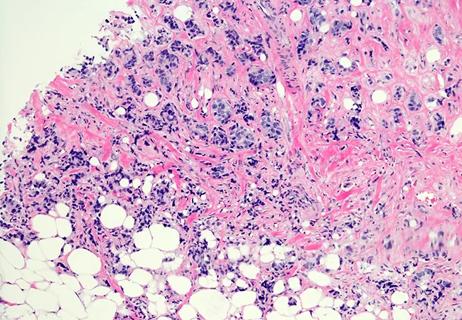
Study highlights value of preoperative imaging to guide surgical decision-making
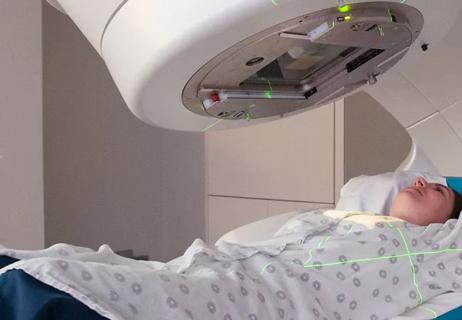
How a novel tissue marker makes a difference
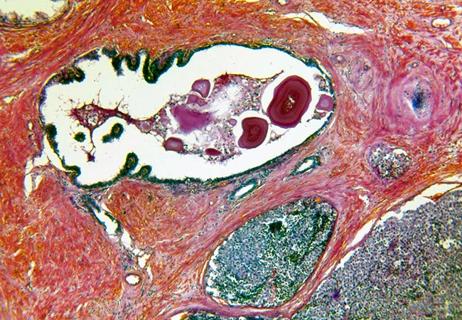
Setting a new benchmark for control arm estimates
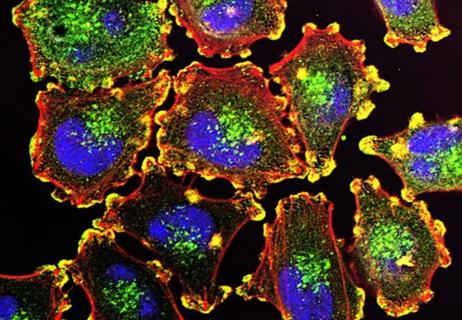
Overall survival benefit not established

In search of improved outcomes for patients

An overview of our leading-edge diagnostics and therapeutics